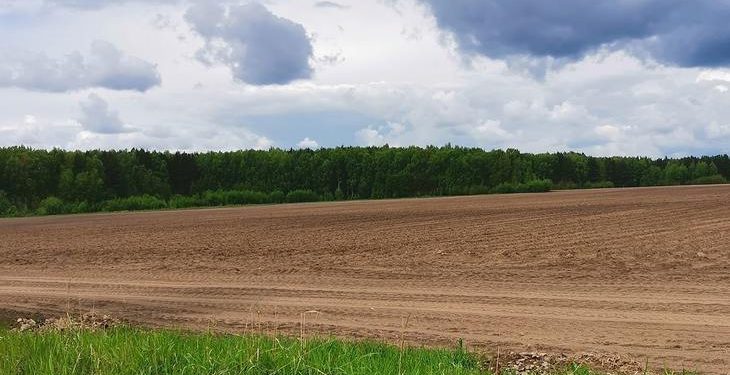By 2027, the global market for precision farming technologies will reach a value of 16.06 billion US dollars.
Precision farming is rapidly gaining popularity among farmers due to the growing need for optimal production with given inputs. In addition, changing weather conditions due to global warming required the introduction of advanced technologies to increase productivity and yields.
The goal of precision farming technology is to ensure profitability, sustainability and environmental protection. It relies on specialized hardware, software and IT services.
The basic approach to this type of farming includes access to real-time data on crop, soil and ambient air conditions, as well as other relevant information such as hyper-local weather forecasts, labor costs, and equipment availability.
The predictive analytics software then uses the data to provide farmers with recommendations for optimal planting time, crop rotation, harvest time and soil management.
Different types of precision farming involve the use of several components such as drones‚ sensors, unmanned vehicles and monitoring devices. The collected information can be combined to provide recommendations for sowing, irrigating, cultivating fields.
According to analysts at the consulting company Emergen Research, three directions in precision farming technologies will show the fastest growth in the next four years.
Artificial intelligence weather advice
The meteorology related software segment is expected to show a strong growth rate of 12.4% over the forecast period.
Weather tracking applications are in demand in the precision farming market, as farmers need timely information on the location of the farm.
Real-time weather data helps farmers reduce costs by minimizing the risk of crop damage.
GPS
Agricultural equipment consists of automation and control systems, as well as sensors and monitoring devices. Technologically advanced sensor devices measure radiation, light and heat by capturing different wavelengths of the electromagnetic spectrum.
The advent of geographic information system (GIS), agricultural global positioning systems (GPS), the miniaturization of electronics, and the development of drones have made remote sensing technology available in agriculture.
The GPS technology segment is forecast to grow at a CAGR of 12.8%.
Navigation technology is an integral part of precision farming as it allows devices and vehicles to be controlled automatically or remotely.
GPS systems are mainly installed for driving agricultural vehicles. The benefits of the technology include reduced driver workload, the ability to operate in adverse weather conditions (such as fog and snowfall), and potential cost savings (such as by eliminating tillage overlaps).
Assistants in field reconnaissance
The crop intelligence app segment is forecast to grow at a CAGR of 12.3%.
Crop scouting refers to the process of observing crop growth patterns so that farmers can assess the situation in different parts of a field.
Traditionally, in this process, farmers and agronomists would physically enter the field and mark areas where crop growth was difficult. Now the procedure can be carried out remotely at any stage of the agricultural cycle. For example, with the help of a UAV, a farmer can get an aerial view of the land and observe crop growth patterns from a whole new perspective.
The most active adoption of precision farming technologies is expected in the North America region, where the average annual growth rate will be 13.1% during the forecast period.
North America is one of the largest agricultural regions in the world, endowed with vast agricultural reserves. In addition, the United States, Mexico and Canada have agreed on provisions to enhance cooperation and exchange of information on issues related to trade in agricultural biotechnologies. This, accordingly, may increase the demand for precision farming in the US, Canada and Mexico.








